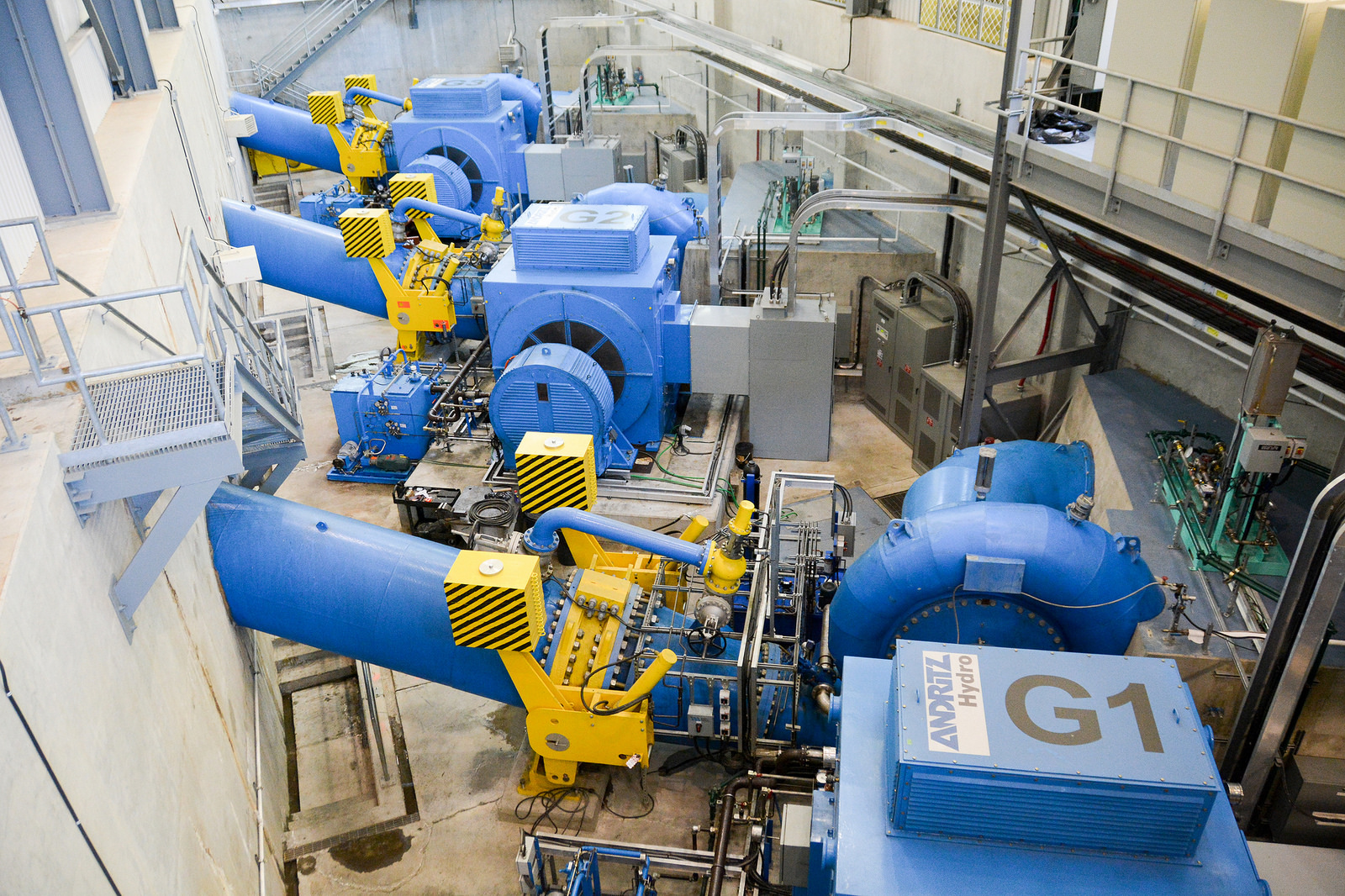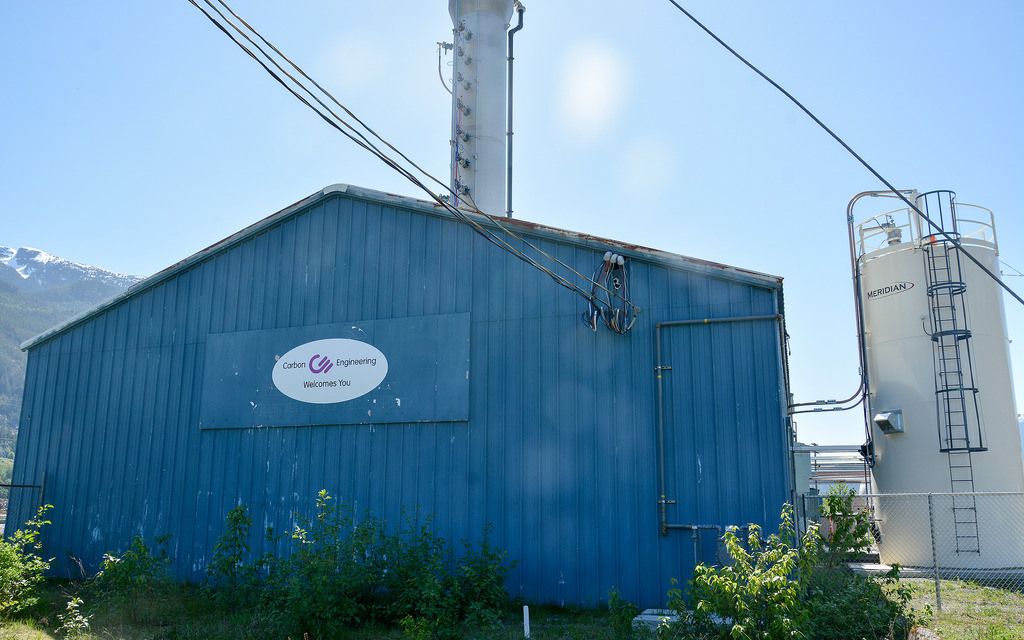The district of Squamish in British Columbia is widely known as the Outdoor Recreation Capital of Canada. But this all-season destination for climbers, hikers, mountain bikers, kite surfers, and birdwatchers is also developing a reputation as a nucleus for clean innovation.
Clean energy and clean technology represent two of the keys to victory in the fight against carbon pollution. The success of B.C.’s and Canada’s efforts to live up to their climate commitments depends, in part, on progress in these sectors. As Squamish shows, clean innovation will also be a powerful economic driver in what’s shaping up to be Canada’s clean growth century.
The Pembina Institute got a first-hand look at a pair of clean energy and technology plants in and around Squamish, which lies between Vancouver and Whistler in the territory of the Squamish Nation.
The first stop was Innergex Renewable Energy’s run-of-river power plant on Ashlu Creek, a tributary of the Squamish River. Commissioned in 2009, the $139-million hydroelectric facility has a capacity of 49.9 megawatts and produces an average of 265 gigawatt-hours of electricity for sale to B.C. Hydro, the province’s electric utility. The intake diverts water (up to 29 cubic per second) from the creek into a 4.6-kilometre tunnel and 1.6-kilometre penstock. At the powerhouse downstream, the water is fed to three turbines before being returned to the creek.
Innergex has 18 run-of-river sites in operation or under construction in B.C. Squamish is the gateway to Sea to Sky Country, which is also home to the company’s hydro plants on Fitzsimmons Creek in Whistler and Miller Creek and Rutherford Creek near Pemberton, as well as facilities owned by other firms.
These plants rely on well-established technology and are proven job creators. In 2015, the Pembina Institute produced a B.C. Clean Energy Jobs Map highlighting 156 renewable energy projects and 14,100 green jobs linked to this sector. (The B.C. Green Buildings Map that followed shows over 10,000 energy-efficient buildings and 23,200 jobs in the sector.)
Meanwhile, according to the B.C. government, over 200 clean-tech companies in the province provide 6,400 jobs and generate $1.6 billion in annual revenue.
During a tour of the Carbon Engineering plant on the Squamish waterfront, the Pembina Institute learned about the clean tech startup’s efforts to capture carbon dioxide from the atmosphere and convert it to solid calcium carbonate. The idea is to use the pure carbon dioxide extracted from these pellets to produce low-carbon-intensity fuels. The cutting-edge technology “in effect recycles the emissions for reuse in fuel production,” according to the company.
Microsoft cofounder Bill Gates is one of Carbon Engineering’s investors. In October 2016, the company announced a deal with California-based Greyrock Energy to team up on the development of commercial air-to-fuels systems that would produce liquid transportation fuels.
Mayor Patricia Heintzman has said her municipality’s goal is to “establish Squamish as a leader in initiatives designed to address the critical issue of our changing climate.” The district, the Squamish Nation, and Carbon Engineering are among the parties that last year signed on to an agreement to collaborate with the University of British Columbia’s Clean Energy Research Centre, form the Squamish Clean Technology Association, and spur the creation of a clean energy innovation hub on the Squamish waterfront.
Squamish’s example shows that clean growth isn’t just for urban centres. Indeed, there are plenty of opportunities for logging and mining towns in transition to lead Canada’s shift to a clean economy. After all, if more and more municipalities lay claim to the title of “Clean Growth Capital of Canada,” the better it will be for our families, communities, and economy.
Stephen Hui is the communications lead for British Columbia at the Pembina Institute, a non-profit think-tank that advocates for strong, effective policies to support Canada's clean energy transition. He lives in Vancouver.
This article originally appeared in the Huffington Post.












